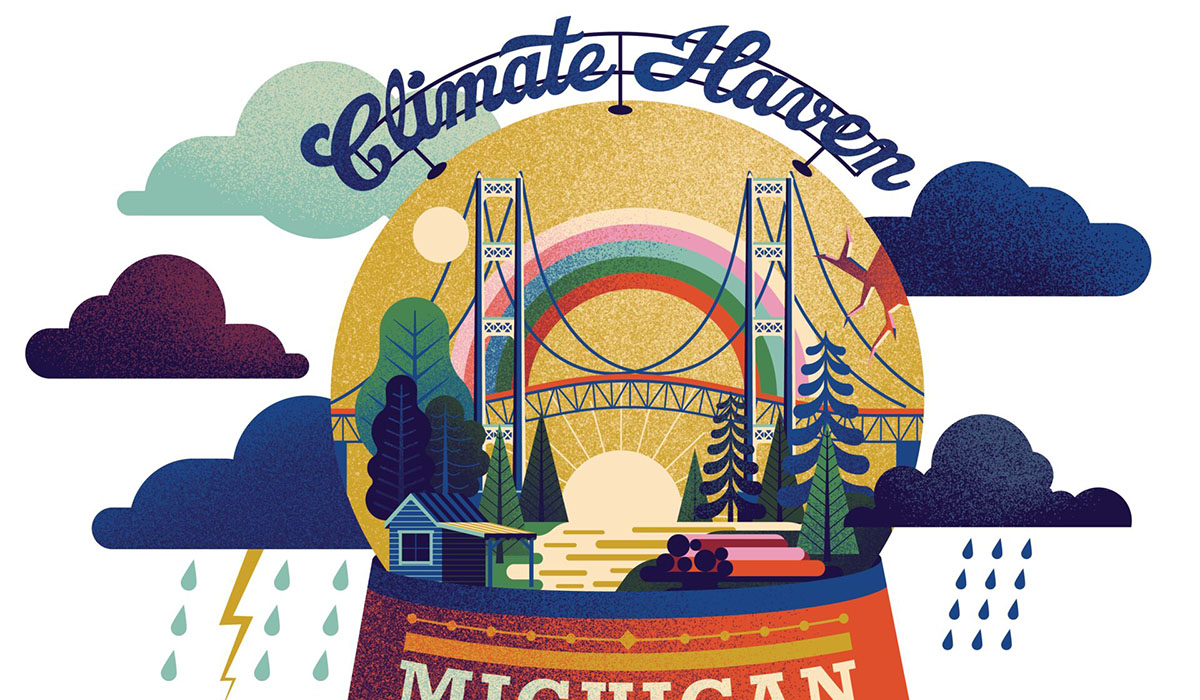Michigan Alumnus spoke with Rajeev Batra, a marketing professor in the Ross School of Business and former brand manager, about his research with fellow business school professor Richard Bagozzi.
You have a scale of characteristics that helps organizations create a “coolness” strategy for their brand. What are those characteristics?
In our model, overall brand coolness incorporates 10 characteristics: extraordinary quality, being energetic and exciting, aesthetic appeal, originality, authenticity, a dash of rebelliousness, high status, broad popularity, connections to a subculture, and iconic symbolism.
Not all are necessary or appropriate for every brand and consumer segment, and some may even conflict with others (e.g., popularity with subcultural links).
What are some cool brands based on your research?
Apple, Nike, Samsung, Pepsi, Amazon, Adidas, Under Armour.
How can organizations work toward making their brands cool?
Organizations can begin by assessing their brand’s component-level coolness using our scale and then strategize about how to increase its coolness. For example, creating a perception of extraordinary quality likely requires performance/functional specs that are “next-generation” or delivering unsurpassed customer experience/service, rather than incremental improvements. Aesthetic appeal routes suggest the need for eye-popping design. Both the energetic and originality subcomponents require continuous innovation, dynamism, and momentum. Authenticity may require reminding consumers of the history and deeply held values of a brand and its founders, while avoiding the use of strategies associated with mass-marketed brands. A promotion strategy that links the brand with an admired subculture is also likely to make the brand more cool as long as it doesn’t make the brand seem less useful or too niche. Brands could become more rebellious by hiring spokespeople known to challenge norms. High status comes from associations with glamour and sophistication.
Iconic perceptions might be raised by using and publicizing distinctive packaging, advertising style, or telling a brand myth that resonates with consumers.
Your research shows that brands need to go from niche to mass cool. But don’t they lose some of their “coolness” if they appeal too much to the masses?
We find that brands initially become cool to a small subculture by being original, authentic, rebellious, exceptional, and aesthetically pleasing. Such brands, which we refer to as being “niche cool,” are perceived to be cool to a small group of knowledgeable insiders (as Pabst did with hipsters in the early 2000s or as Instagram initially did with photography enthusiasts), although they remain relatively unfamiliar to the broader population.
Over time, some niche cool brands cross over and are adopted by a wider audience, at which point they become “mass cool” and are perceived to be relatively more popular and iconic, but less autonomous. As niche brands become better known and more popular, such popularity can make the brand attractively cool to others but potentially weaken its perceived coolness among those “in the know” as its subcultural connections, perceived rebelliousness, and authenticity might all take a hit.
So the brand will need to maintain its connection to a subculture and its perceived authenticity to still seem autonomous (original, authentic, rebellious, etc.), or it is likely to lose its coolness—at first to the subculture who initially adopted the brand, but eventually even to the masses. Nike is one brand that does that well; see how it maintains links to its top athletes, especially “rebellious” ones like Colin Kaepernick, in order to maintain its perceived coolness with its younger consumers.
Is this research applicable only to products?
No, it applies to services too—think of Amazon!





